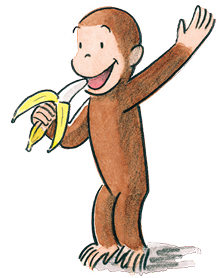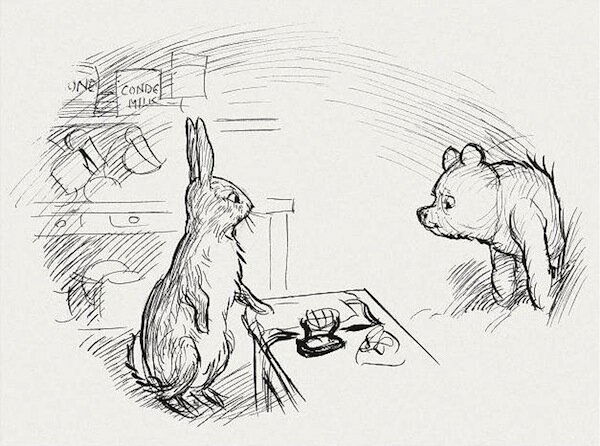Children's Books That Endure
Of all genres, Children's Books are often overlooked by serious literature gurus. After all, most adults would much rather read about adult themes than simple plots created for youngsters, right? Well, actually, Children's Books can and are often just as, or more intriguing than adult novels. There are two main types of Children's Stories, with several hybrid-type books that fall in between the category. The first is the short, often forgettable, storybook. Usually, a storybook relies on pictures or action to draw young audiences in. Books with titles like What Time Is It, Mr. Crocodile, Barnyard Dance, or The Little Old Lady Who Was Not Afraid of Anything come to mind. And it's not that these books are poorly written or not fun for kids. Books like these are often endearing and were some of my favorite books when I was a small child. All the same, they are not necessarily meant to last for generations.

Oftentimes, the illustrations draw more attention from the readers than the story itself, leave little or no cultural impact, and are obsolete within a few decades. There are some exceptions. Kids' books, like Curious George, are still beloved by adults and children alike even though they were written well over 70 years ago. A major reason for this is the story building and likable characters that make it possible for an entire series of short stories that are relatable to more than just one generation. However, the more enduring kind of children's books than those just mentioned are almost always longer than a storybook. Usually, they are more complex stories with chapters and deeper symbolism or meaning. Most of the time, the allegory or symbolism is difficult to pick up for children, but adults can see it as blaring as lighting. Books like Charlotte's Web, The Railway Series (Thomas the Train), or Winnie the Pooh are entertaining for children, but also make many of the adults who read them to their children, or simply reread them years after they are grown up, appreciate their value, and higher worth rather than simply bedtime stories. Although they seem rather simple, these books clearly have hidden meanings. For example, many parents who read Winnie the Pooh find the subtle humor and quaintness so popular in 19th and 20th century Britain that kids will not understand. The Railway Series, especially in the later years, was written put a heavy emphasis on the evolution of railways and the takeover of diesel engines and the effort to preserve historical steam powered locomotives. Many old steam railway enthusiasts go absolutely nuts over anything Thomas the Train, because of the contribution it had, in the mid-20th century, to the preservation and love of traditional locomotives before it was really a big thing.

There is a third way that a children's book can become enduring, and that is if it is made into a film, or TV series. The Polar Express is a good example of a simple, yet well written, book that was converted into a film. Other books that come to mind are the previously mentioned Curious George, or the more modern, Franklin. Obviously, these books had something that gave them an edge over the millions of other children's stories. I think it is that the core of these books transcend time and culture more than others. The plots usually revolve around family and friends, in a neutral setting avoiding the pitfalls of common stereotypes, or trends of the time they are written.